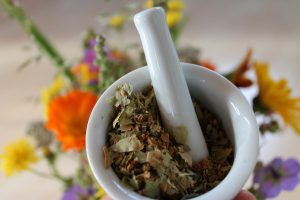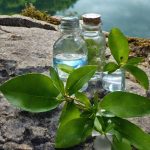Fungisol Cream For Nail Fungus

Are you tired of dealing with an unwelcome guest that goes by the name of nail fungus? This bothersome fungal infection, scientifically known as onychomycosis, has the audacity to target our toenails and, on occasion, our fingernails. But fear not! If you’re in search of a natural remedy to banish this pesky intruder from the comfort of your own home, look no further. In this comprehensive guide, I will walk you through how to effectively use Fungisol cream to combat nail fungus and restore the health and beauty of your nails.
Understanding Nail Fungus
Picture this – tiny fungi sneaking their way into the space beneath your nail, causing mayhem and chaos in their wake. The result? Nail fungus! It starts innocently as a small white or yellow spot under the nail’s tip and gradually turns into a full-blown invasion. This uninvited guest brings along discoloration, thickening, and even nail distortion.
If you’ve experienced the fungal fiasco firsthand, you know how distressing and embarrassing it can be. Whether you love flaunting open-toed sandals or enjoy painting your nails in vibrant colors, nail fungus can be a real confidence killer.
Meet Fungisol – The Natural Warrior
But fear not, my friends, for we have a natural warrior in our midst – Fungisol! This potent cream is a blend of powerful and natural ingredients that join forces to take down the dreaded nail fungus. It’s time to arm ourselves and unleash the power of Fungisol in the battle for healthy nails!
Using Fungisol – Your Step-by-Step Guide
Now that you know the incredible powers of Fungisol’s ingredients, it’s time to learn how to wield this cream effectively in the battle against nail fungus. Prepare yourselves, brave warriors, as I guide you through the steps to victory:
Step 1: Prepare Your Nails
Before commencing the battle, it’s essential to prepare your nails for the fight ahead. Trim your nails, so they are short and ready for action. Then, gently file the infected nails to reduce their thickness, making it easier for Fungisol to penetrate.
Step 2: Cleanse Thoroughly
A clean battlefield is crucial for our success. Wash your nails and the surrounding skin with a mild soap and warm water. Dry them thoroughly with a clean towel, ensuring no moisture remains. This step sets the stage for Fungisol to work its magic on dry terrain.
Step 3: Apply Fungisol Cream
With our nails prepared and the battlefield cleansed, it’s time to apply the Fungisol cream. Use the applicator provided with the cream to apply a thin layer on the infected nails and the surrounding skin. Be thorough, for we must leave no room for the enemy to escape.
Step 4: Massage Gently
As we advance, it’s crucial to ensure every drop of Fungisol reaches its target. Gently massage the cream into the nails and the surrounding skin. This strategic move helps Fungisol penetrate deeper and launch a full-fledged attack on the fungal invaders.
Step 5: Let it Absorb
With our initial assault complete, we must let Fungisol absorb fully into the nails and the skin. Wait patiently, for the cream needs time to establish its foothold in the battle against nail fungus. For the most effective results, apply Fungisol twice daily, both in the morning and before bedtime.
Step 6: Consistency is Key
In this prolonged battle, consistency is our ally. Keep applying Fungisol as directed until you see a noticeable improvement in your nails’ appearance. Victory is within reach, and we shall not falter.
Extra Tips for Faster Results
In this challenging campaign, every advantage counts. Here are some additional tips to secure a swifter triumph:
- Keep your nails clean and dry throughout the day.
- Embrace breathable socks and open-toed shoes to thwart moisture buildup.
- Avoid sharing shoes and socks with others, as it reduces the risk of reinfection.
- When visiting public pools or gyms, don protective footwear like flip-flops or shower shoes to guard against potential fungal exposure.
Take heart, for we are armed with the might of Fungisol cream! With its potent natural ingredients, Fungisol is the hero we need to defeat the nail fungus menace and restore the beauty and confidence of our nails. Follow the step-by-step guide, stay consistent in your application, and watch as Fungisol works its magic to bring your nails back to their best. Embrace the power of natural treatment, and together, we shall bid farewell to nail fungus forever!
Here is a table comparing the ingredients of Fungisol and Zetaclear
As seen in the table, Fungisol and Zetaclear share only one active ingredient, which is Undecylenic Acid. Zetaclear has additional natural ingredients in its topical solution, such as





